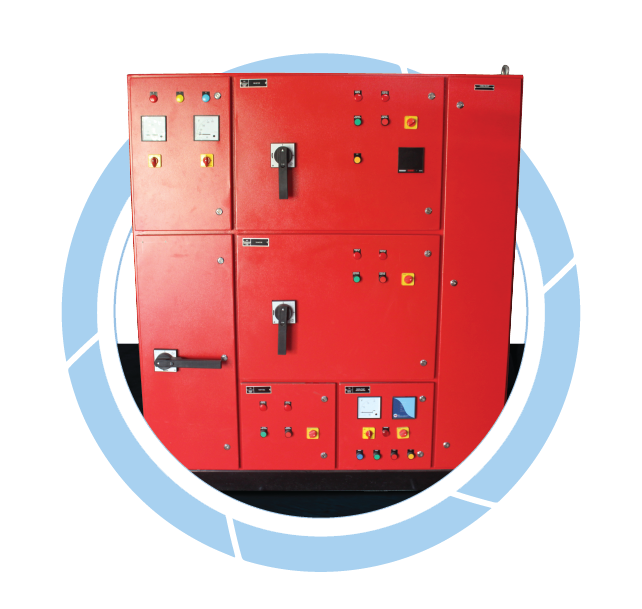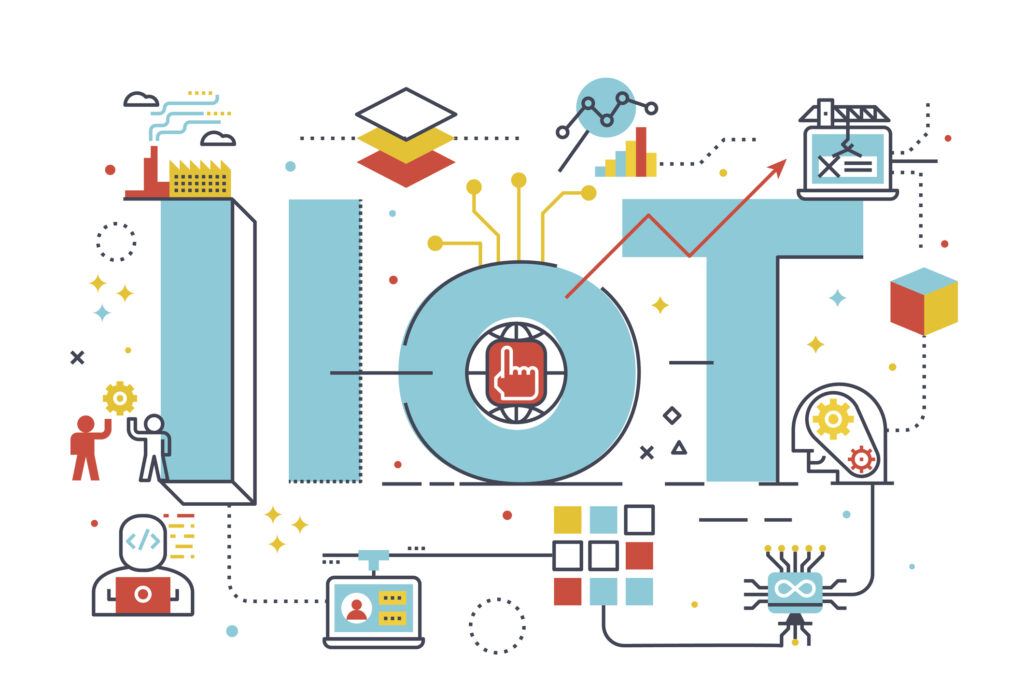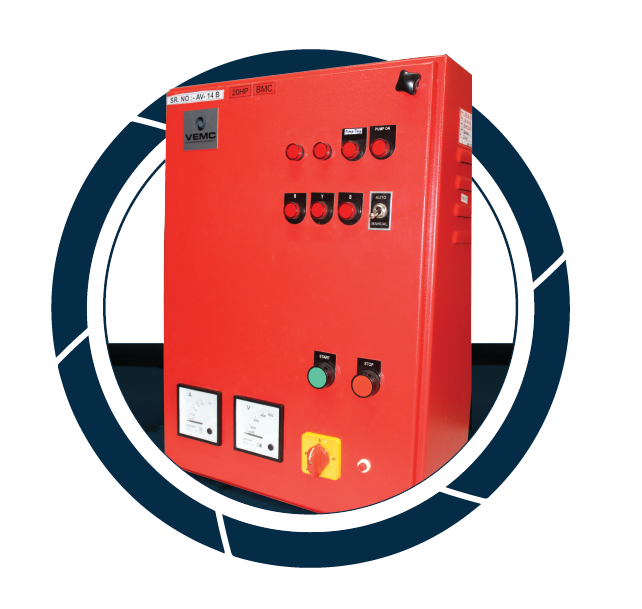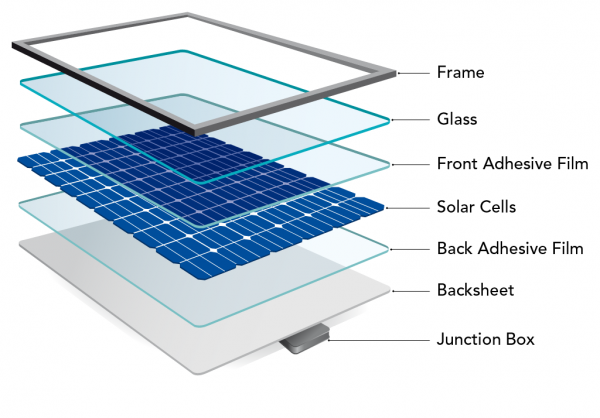No matter which supply system you are talking about, one piece of equipment is absolutely indispensable — valves. Why are these so important for the proper functioning of your supply system and which valves suit your needs the best? In this blog, we touch upon all these fundamental questions about these ingeniously simple yet essential instruments.
Valves are simply instruments that control, regulate or direct the flow in a supply system. These are used in pipelines carrying liquids such as water, oil, and chemicals, or gases such as natural gas and cooking gas. The most basic function of valves is to completely start or stop the flow. However, they are also used to regulate the flow or pressure, throttle the flow rates, and improve safety by relieving pressure or vacuum in the piping system. Valves also prevent a backflow of the liquid or the gas. Let’s take a look at some of the main types of valves and their unique applications.
- Ball Valve: These have a quick-acting 90-degree handle to provide easy on-off control. These are faster and easier to operate as compared to other valves as they do not require a protracted winding action. These valves are mostly used in refineries, fertilizer plants, petrochemical processes and thermal power stations.
- Butterfly Valve: These have a characteristically compact design and are therefore best suited for cramped spaces. Their name comes from the wing-like action of the disc which operates at right angles to the flow. These find use in sewage plants, chemical processing and petrochemical plants.
- Spindle Valve: These valves have the simplest mechanism as they merely require twisting of the spindle wheel attached to the spindle rod. This moves the gate at right angle to the flow and stops it. These valves are mostly used in water supply.
- Foot Valve: A foot valve is typically installed at a pump or bottom of a pipe. These have an open end with a shield or screen over them to keep out debris. These can be found installed in ponds, lakes and pools on a pump. They let the liquid to flow in but prevent it from flowing back out.
- Sluice Valve: A sluice valve is a large valve with a rectangular or circular gate. On rotating the spindle, the gate slides across the opening. These valves find wide application in water works, effluent treatment, shipping, irrigation and thermal power plants.
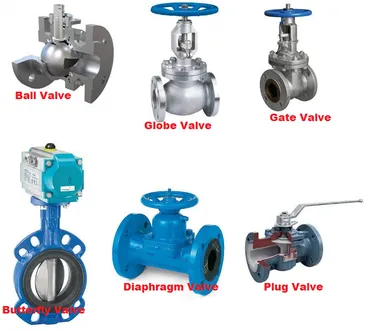
Choosing the right valve for your operations is an important decision to ensure seamless flow and regulation of your piping system. The right valve can be chosen on the basis of valve design, valve size, and actuation method. For more information on our products, feel free to contact us on +91 98199 07445. We would be happy to assist you in finding the best match, based on your requirements. As one of the leading valve & water pumps dealers in the country, VEMC provides seamless end-to-end services to its clients. VEMC is ISO 9001:2015 certified and a pioneer in the field of electromechanical engineering products, allied equipment, and services.


